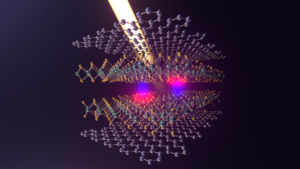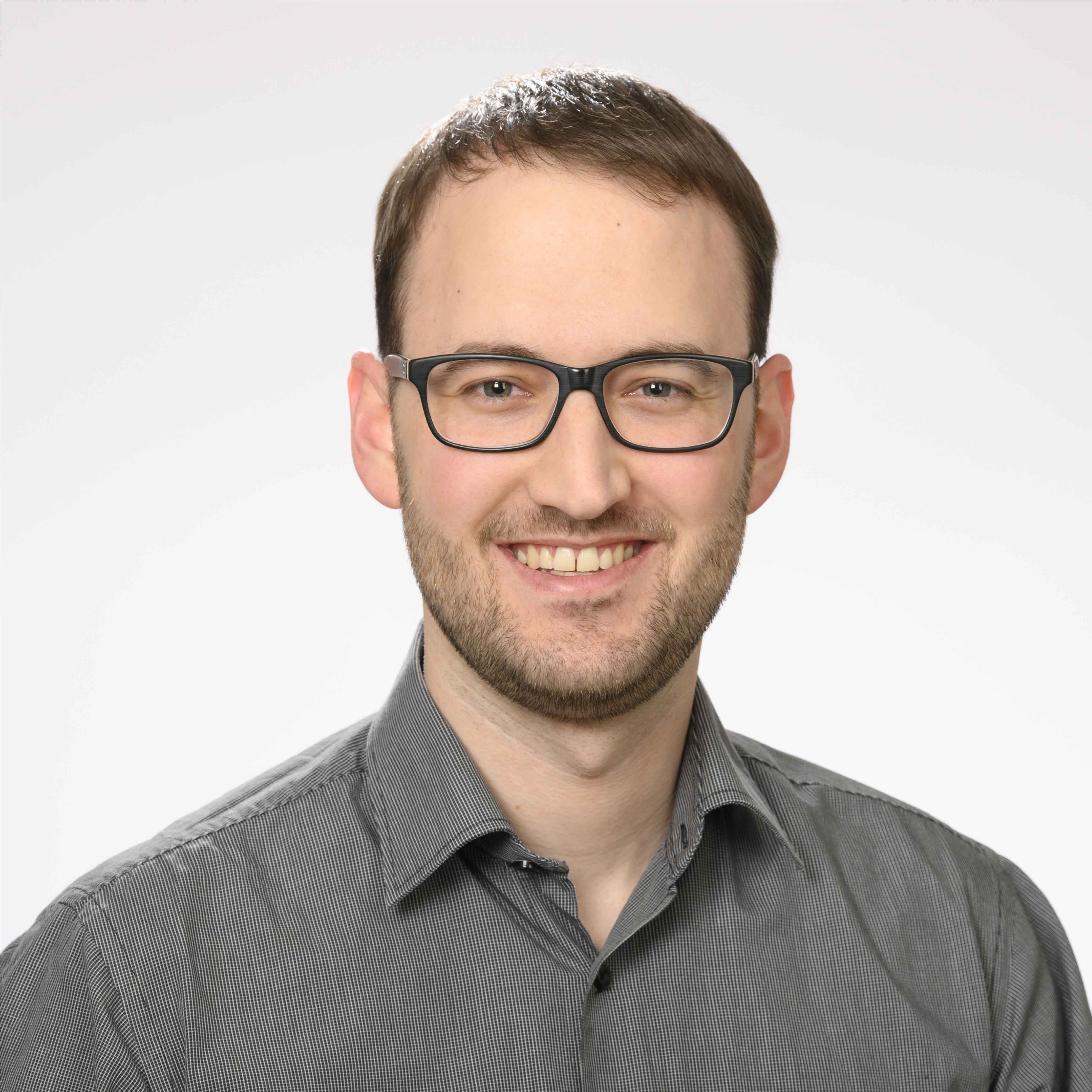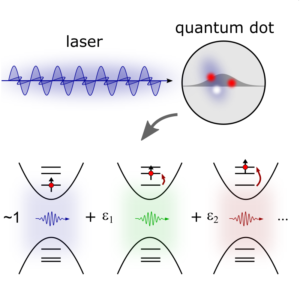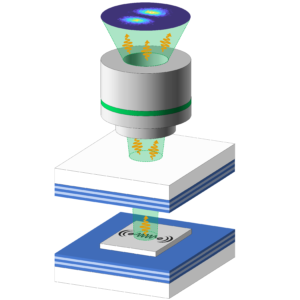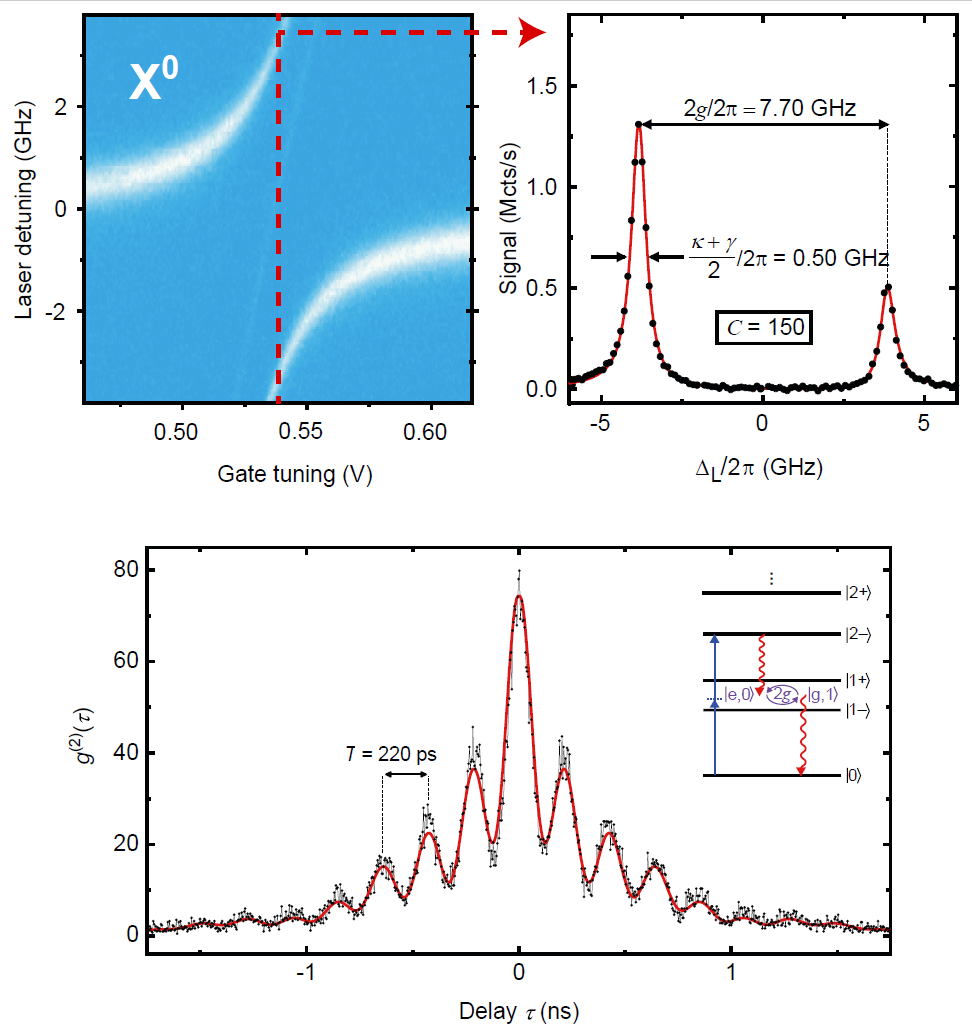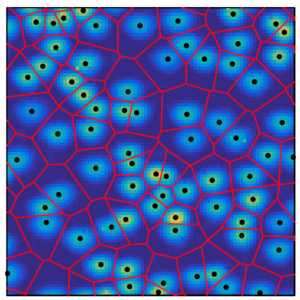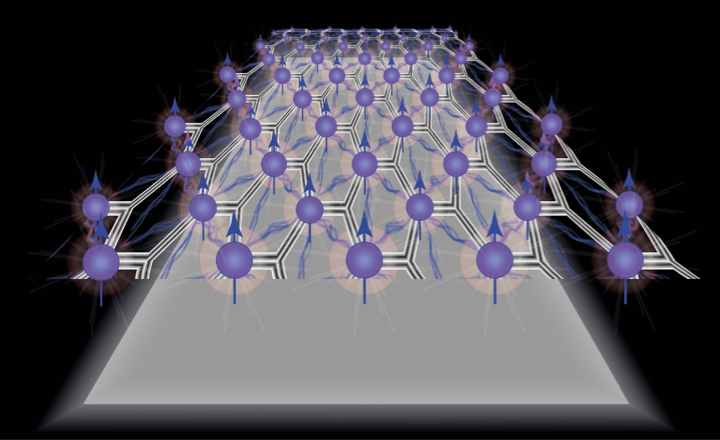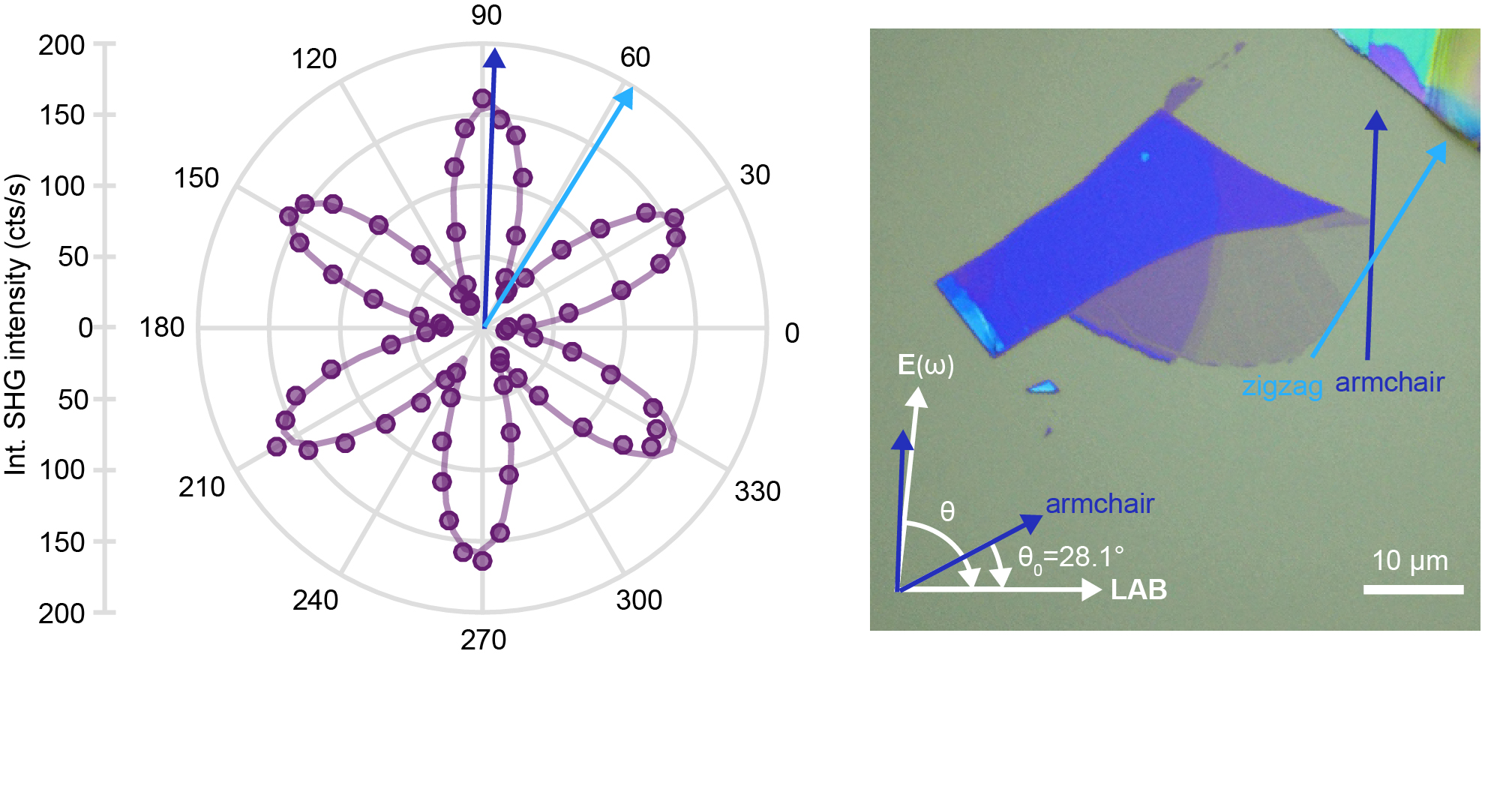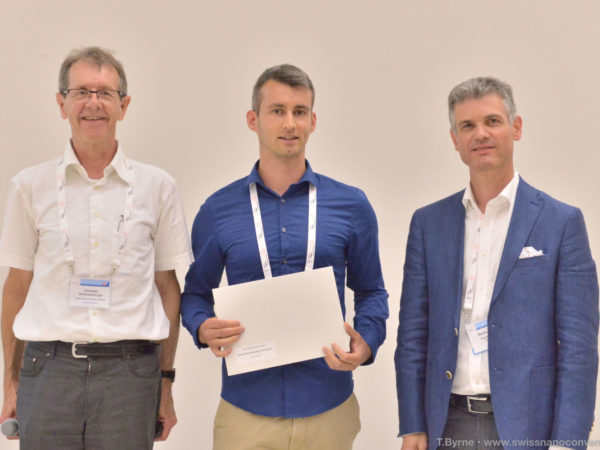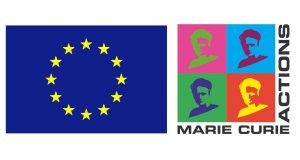In our recent open-access publication at Physical Review Applied we report a technique to control the frequency splitting of two orthogonal polarization modes in an open semiconductor microcavity. We employ the photoelastic effect by stressing uniaxially the sample and controlling the birefringence of the semiconductor crystal. The semiconductor mirror is mounted on a strain piezo, and the amount of stress is gauged by observing the emission spectrum shift of quantum dots embedded in the sample. We achieve up to 11 GHz tuning at the center of the stopband.



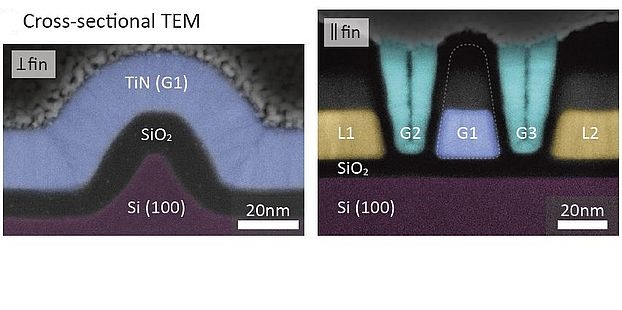

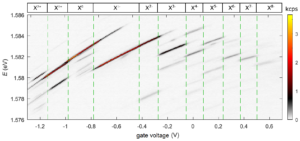
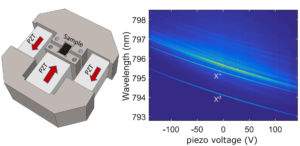 .
.